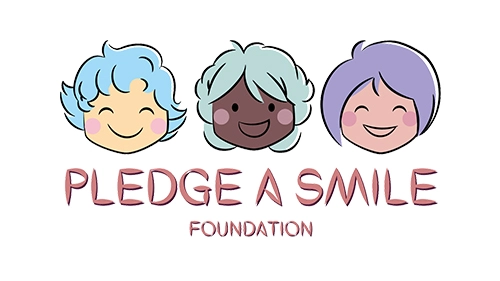On Wednesday, June 30, 2021, Delhi experienced its highest temperature in 2021, with the mercury reaching 43.5 degrees Celsius, accompanied by a severe heatwave. As climate change begins to reveal its consequences, similar heatwaves can be felt all across the planet. Long-term changes in climatic conditions on a global scale are referred to as climate change. The heatwaves in Delhi are a result of this; India has already begun to feel the effects of climate change and global warming in the form of harsh weather, frequent flooding, and a crippling water shortage. The issue is that the repercussions are felt first and mainly by underprivileged communities, who are already dealing with concerns like as social radicalization.
Natural disasters such as floods and drought have a significant impact on agriculture. With 70% of India’s population relying on agriculture for their livelihood, any change in productivity or yield will inevitably cause misery for these communities. This component of the economy is also part of the unorganised sector, which has no social protection and only receives the minimum wage. In this circumstance, a flash flood or severe drought will render them helpless, as they will be the most vulnerable due to increased exposure both directly (by living in low-income settlements prone to damage) and indirectly (by living in low-income settlements prone to harm) (by affecting their livelihood).The 2019 water scarcity in Chennai, Tamil Nadu, is a clear example of how the poorer classes are disproportionately affected. While wealthy areas could acquire private water tanks, the poor and disadvantaged had to wait in huge lines for water from government water tankers.
How a person experiences climate change is determined by their access to healthcare, where they live, what they do for a living, and their knowledge of emergency response. The majority of the time, if not all of the time, these parameters have social links. In a country like India, where social prejudice is rampant, your access to healthcare, where you live, and other factors all depend on your social status. Flood damage is more likely to affect landless workers from a lower caste living in a makeshift shelter with inadequate income than any rich individual living on the shore adjacent to the sea. This is because the floods will create various obstacles such as job loss, lack of access to rations, and displacement, whereas a wealthy individual can take refuge in a decent shelter with resources due to their economic and social standing.
This necessitates enormous measures to safeguard the most vulnerable. The best present that the government can give is social security. In addition, the district authorities should step up disaster management activities in disaster zones to ensure that there is minimal additional damage to the local community. So that cities and towns can endure the consequences of climate change, the government must incorporate sustainable planning into its urbanisation and development projects. Most significantly, India must actively participate in environmental protection to ensure the safety of both the country and its population.
